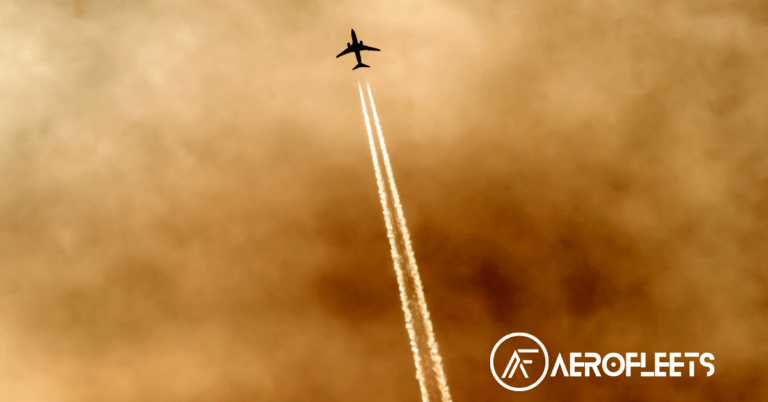Introduction
Autonomous flight technology has made huge strides in recent years and is now enabling a wide variety of unmanned aircraft to take to the skies. The latest example is an autonomous X-wing aircraft that has successfully flown for the first time. This aircraft is a huge step forward, as it promises to bring autonomous flight to a whole new level, making it easier and safer to fly without a human pilot. In this article, we’ll look at the advances in autonomous flight technology that made this aircraft possible, and how it flew without a pilot.
Autonomous X-Wing Aircraft Takes Flight
The X-wing aircraft is a proof-of-concept prototype built by a team of researchers at the University of Colorado Boulder. The team was able to make the aircraft fully autonomous using a combination of computer vision and machine learning algorithms. This allowed the aircraft to accurately sense its environment and adjust its control systems accordingly.
The team tested the aircraft in a series of flight tests, during which the aircraft was able to successfully take off, fly a course, and land without any human intervention. This is a significant achievement as it shows that autonomous flight technology can be used to safely and reliably fly aircraft without the need for a human pilot.
Advances in Autonomous Flight Technology
The success of the X-wing aircraft is the result of many advancements in autonomous flight technology over the past few years. The team used a combination of computer vision and machine learning algorithms to make the aircraft autonomous. The algorithms were used to allow the aircraft to detect and avoid obstacles in its environment, as well as to adjust its control systems in order to fly a predetermined course.
The team also developed an artificial intelligence system that allowed the aircraft to take corrective action when unexpected events occurred during its flight. This allowed the aircraft to safely navigate its environment without the need for human intervention.
Pilotless Aircraft Flies with Ease
The success of the X-wing aircraft’s autonomous flight is a major step forward for autonomous flight technology. The aircraft is able to fly without the need for a human pilot, which makes it easier and safer to fly. It also shows that autonomous flight technology can be used to safely and reliably fly aircraft without the need for human intervention.
The team is now looking to further refine the aircraft’s autonomous flight technology, and hopes to develop an autonomous system that can be used to fly a variety of aircraft. This would make flight easier and safer, as well as open up a range of new possibilities for the future of aviation.
Conclusion
The X-wing aircraft’s successful autonomous flight is a major breakthrough for autonomous flight technology, and it has opened the door for a wide range of unmanned aircraft to begin taking to the skies. The advances in autonomous flight technology that made this aircraft possible could soon be used to safely and reliably fly a variety of different types of aircraft without the need for a human pilot. With further refinements, autonomous flight could become commonplace, making flight easier and safer for everyone.





0 Comments